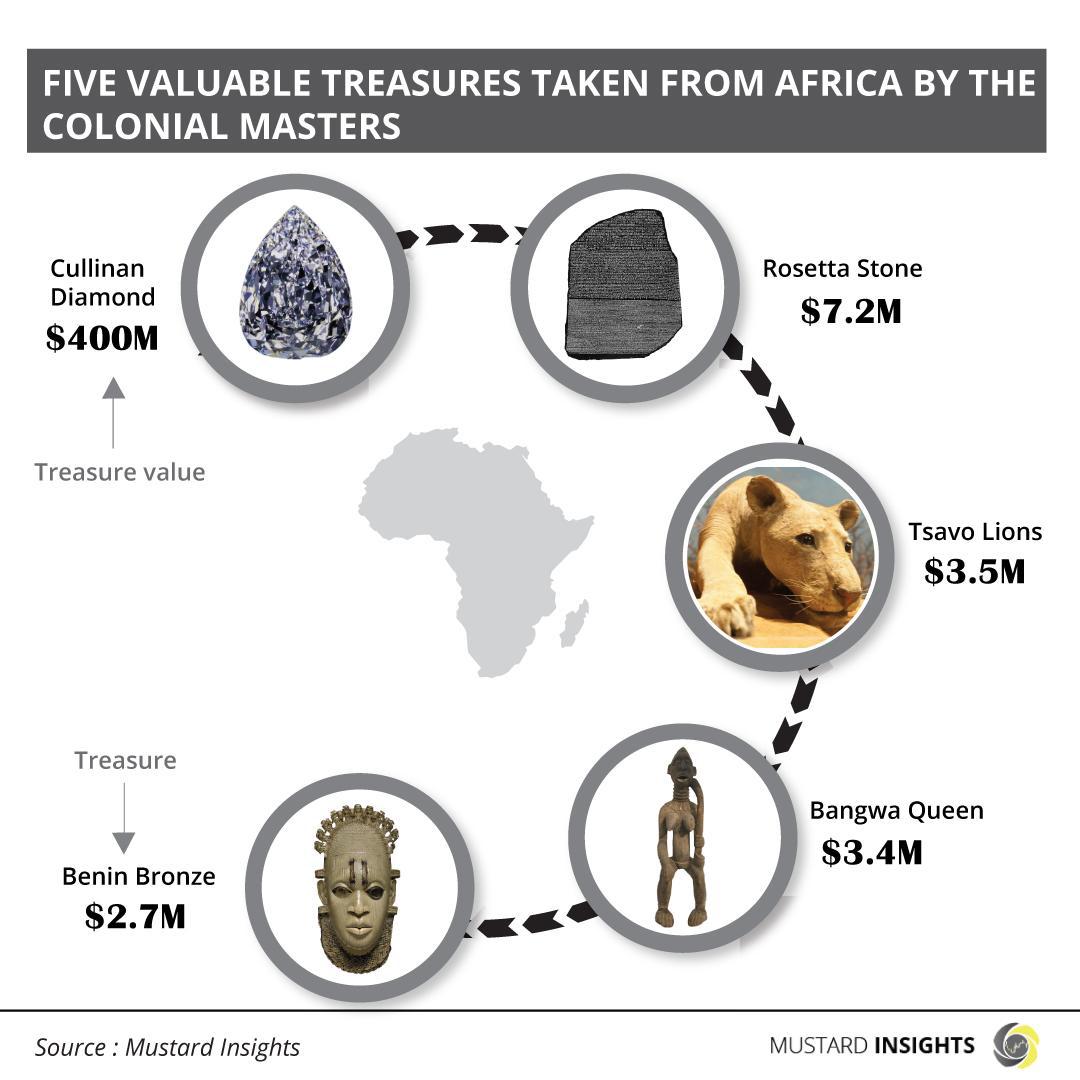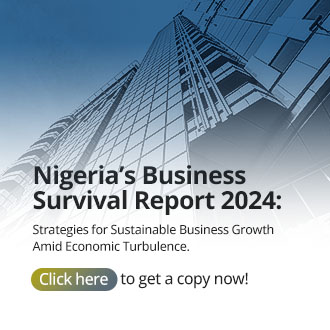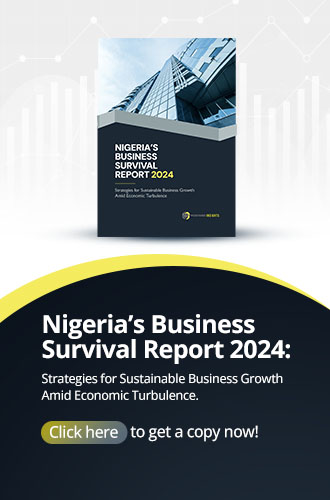One of the challenges faced by communities affected by colonialism was the incessant rate of looting by the colonial masters.

Colonialism came with its many impacts on different cultures and communities across Africa. While some credit their colonial masters for the technological advancements that have changed their ways of living, others rue the day they stepped onto their land, as they continue to suffer from the adverse effects of their presence.
Communities abundant in resources from palm oil, to cotton, amongst many others, specifically had to deal with incessant looting by the colonial masters. In the same vein, treasures and works of art worth millions of dollars were taken from the continent during this period. This article highlights five of the most valuable treasures from Africa that were taken during colonialism, according to data gathered by the Mustard Insights research team.
Cullinan Diamond
The Cullinan Diamond is the largest rough diamond ever found weighing 621.35 g with about 3,106.75 carats. The stone was discovered in 1905 in the Cullinan mine near Pretoria, South Africa. The stone is named after the chairman of the mining company, Sir Thomas Cullinan, and is worth $400 million dollars.
The diamond was cut to consist of nine here are nine large pieces of the diamond, totaling approximately 1,055 carats, besides other smaller cuts. The biggest piece of the diamond is known as Cullinan I or “the Great Star of Africa”, and weighs 530.20 carats, making it the largest clear-cut diamond in the world. The Cullinan I is mounted on the scepter of Queen Elizabeth II.
The Cullinan II also known as the ‘Second Star of Africa’, weighs 317.40 carats, is part of the Imperial State Crown. Cullinan’s III, IV and V are part of Queen Elizabeth II’s pendant brooch, while Cullinan VI, VII, VIII, and IX also belong to the royal family and are often available for public viewing at Buckingham Palace or Tower of London.
The Rosetta Stone
The Rosetta Stone is a broken part of a bigger ancient Egyptian stone bearing inscriptions in several languages and scripts. The writing on the Stone is an official decree, pledging loyalty to the then king (Ptolemy V 204–181 BC), and is said to have helped scholars decipher ancient Egyptian hieroglyphs.
It was discovered by a Frenchman named Bouchard in August 1799. After the 1801 French surrender to the British at Alexandria in Egypt, it passed into British hands and is now in the British Museum in London. It is estimated to be worth $7.2 million in today’s market.
Tsavo Lions
The Tsavo Lions were a pair of man-eating lions that tormented the Tsavo region of Kenya. They were responsible for the deaths of Tsavo natives, mainly workers employed at the construction of the Kenya-Uganda Railway in 1898. They were killed later that same year and were subsequently purchased by the Field Museum of Natural History in 1924 where they remain till date.
The reconstructed Tsavo Lions are worth $3.5 million in today’s market, with prices expected to rise in the coming years.
Bangwa Queen
The Bangwa Queen is an artifact indigenous to the Bangwa people of Cameroon. It was taken as part of a collection by German colonizers led by the German agent, Gustav Conrau, in 1899. The artifact is said to be of spiritual importance to its people, with the female sculpture representing a physical manifestation of the power and health of the Bangwa people.
The artifact is currently in France and is valued at $3.4 million.
Benin Bronze
The Benin Bronzes are a group of metal plaques and sculptures made of brass and bronze that decorated the royal palace of the Kingdom of Benin in what is now Edo State, Nigeria. These pieces were looted by British colonial forces and traded across different parts in Europe. Some of these artifacts are currently in the possession of the British Museum and are valued at $2.7 million.
Thoughts?
We won't share your email address. All fields are required.
